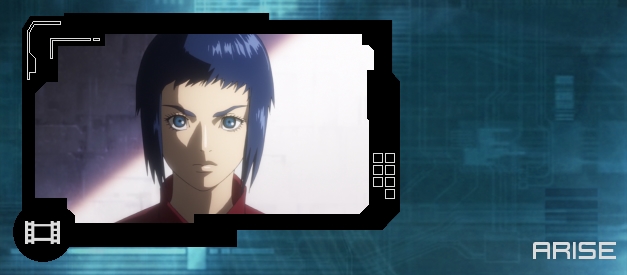
Over the decades the Ghost in the Shell franchise has seen itself go through a number of reboots where each one keeps the core characters and concepts in place to keep them coherent, but where each one stands by itself with its own universe.
For example, the original version is the manga written by Shirow Masamune. This version crosses over three books where the same overall story is connected with each one. Next there are the Mamoru Oshii films where the events of the manga don't cross with its own universe (especially with Innocence with the old timey cars). And then in the 2000s the Stand Alone Complex series that spanned two seasons worth of episodes and a movie, but again, had no connection to the Oshii films or the books.
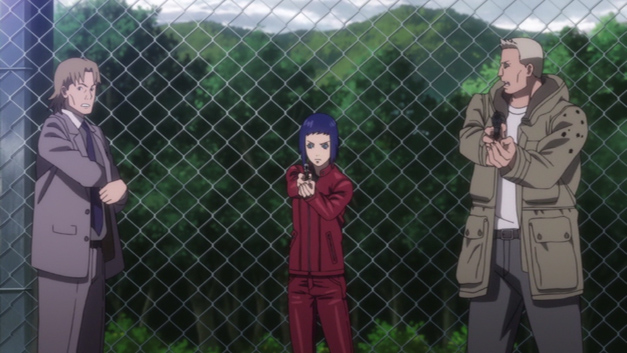
Each version was different in showing a different side to the story. For the manga, it acts like the foundation for laying out this near-future world where cyberbrains, heavily modified prosthetic bodies, and the term ghost are the norm, and where self-identity can become a serious disorder. The Oshii films took a darker approach to telling a story. It's more grounded with a bigger focus on personal emotions, giving it a more serious and tense mood. And for the Stand Alone Complex series, it deals with Section 9 as a whole, during a time where they've already an established agency in Public Security and pros in dealing with anti-terrorist/cybercrime incidents.
Now here we are with the fourth installment of the franchise, and this time we get an origins story that goes back in time before the establishment of the offensive crime fighting unit we know and love. And of course it was going to be an origins tale because, you know, it's Japan ;-)
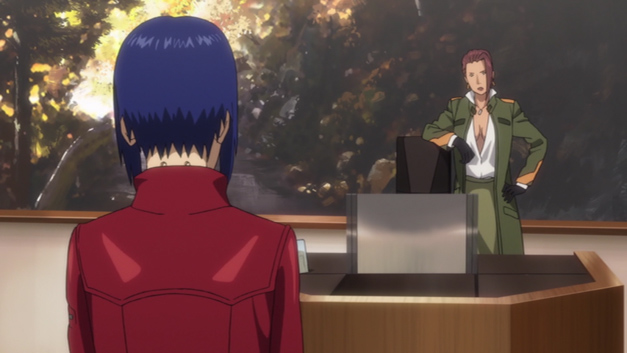
Here in Ghost in the Shell: Arise, we see a younger Motoko Kusanagi working for the military in an organization called Unit 501. World War IV ended not too long ago and the deconstruction efforts of ramping down Japan's military industry will have an effect on what is happening in this post war nation. It's the year 2027, so it takes place three years before the story usually starts at which is the year 2030.
Unit 501 specializes in cybernetics, so the members of their organization are persons who have had serious modifications made to their bodies, making them have nearly or full cyber bodies. Kusanagi is locked in with this unit because they own her body. She never had a real body because of an accident her mother was in while pregnant with her. A doctor was able to save the fetus by transferring the brain to a full prosthetic body, so she's always dealt with the idea of having regular maintenance and upgrades done to her body. Although, that means her body is sort of owned by the people who have given her a second lease of life.
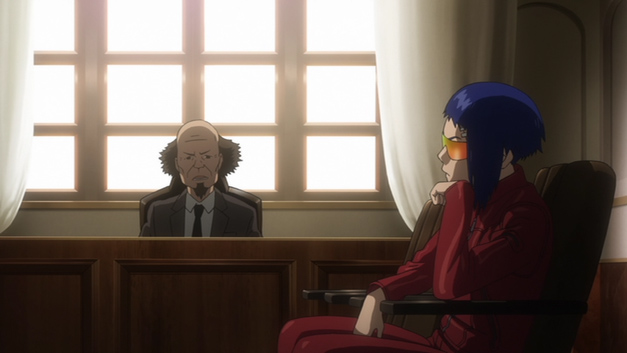
This leads down the path we see Kusanagi usually struggle with, but this time it's whether she treats her body as an object or a human body. In this case she picks the latter because in this world your cybernetic body can be any shape like the aluminum cube of the Jenson type body from Stand Alone Complex. But in this case she picked a human looking cybernetic body. Because of this, she does normal things humans do like take a shower, even though it's not really necessary.
Arise took a unique approach that the franchise hasn't done before. For this installment, they released a series of films where each one acts like an episode. When talking to Shirow Masamune about making a new Ghost in the Shell series, he discussed about how he wanted to make something similar to police dramas seen in the United States like 24 and CIS, so he thought of having each episode be an hour long rather than 30 minutes like SAC or being just another movie. So this is why each movie is almost an hour in length, with 4 movies originally created for the Arise saga.
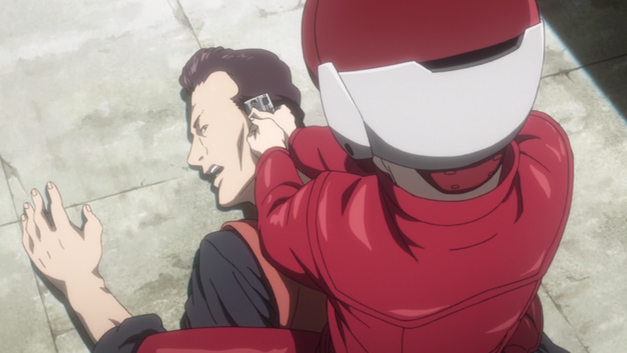
Because each film is rather short, a lot of quality is packed into each one visually. There are lots of crowd shots with animations seen of people moving about and walking as opposed to a static shot, and an episode dealing with the theme of traffic has tons of vehicles moving along up and down the highways. Each movie has a unique opening and closing where the openings look like they are for a procedural cop drama, listing each of the soon to be members of Section 9 as credits.
Going in the past, this also where we see a more vulnerable Kusanagi where we see her get hacked several times and when emotions such as love can cloud her better judgement. This is contrast to what we usually think of Kusanagi where she's always one step ahead of everyone else and is always cautious to make sure no one infiltrates her ghost. We also see a rebellious or a loose cannon in the way she goes about her job. In Arise she wears a red leather motorcycle jacket with matching pants to show her more rebellious years.

It's pretty interesting how they decided to depict how the core members of Section 9 came to meet each other. With Kusanagi originally reluctant to join Aramaki with Public Security, she eventually decides to build her own group where she follows her rules from the manga by having a squad not affiliated by rank, but by skills. So slowly we see her recruit the members that would become the Section 9 we all know and love.
Of all the iterations, Arise is where each episode, or rather what they refer to as "borders," have strong distinctions between the four films. The reasoning behind this is each one was directed by someone different, allowing for each movie to stand on its own, yet have all of them act together to tell an overarching story. The director for the first movie wanted to do a whodunit, while the director for the second one wanted more of an action vibe. The third one included a romance tale, while the fourth was…probably, a thriller, I guess? This approach works well with Arise because since each movie feels different, its unevenness of not being directed by one person is unpredictable as a young adult, like what we see Kusanagi as.
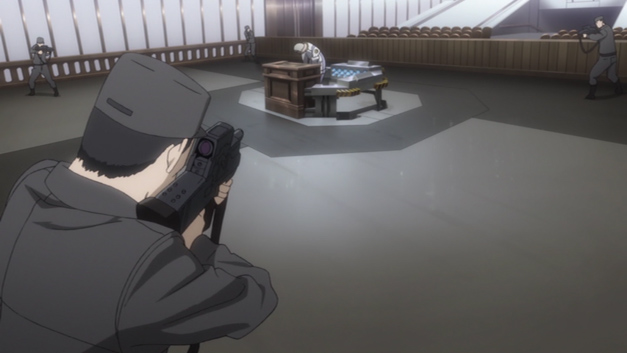
Arise is a pretty good continuation for the franchise and the 60 minute length for each movie was the perfect length for the stories they told. Also, a breath of fresh air to see a younger, more accident prone group sloppily figuring out cases while getting used to this new team.
 |
Ghost in the Shell: Arise
Production: Production I.G |
Posted on: March 30, 2017
